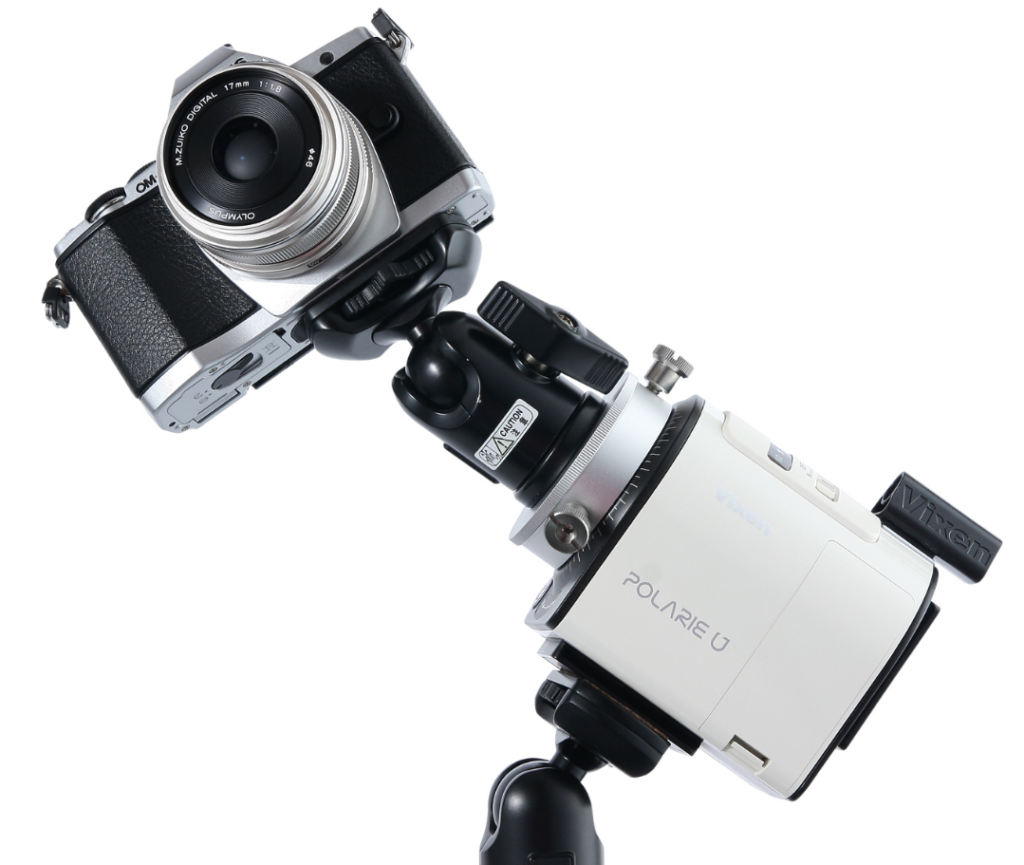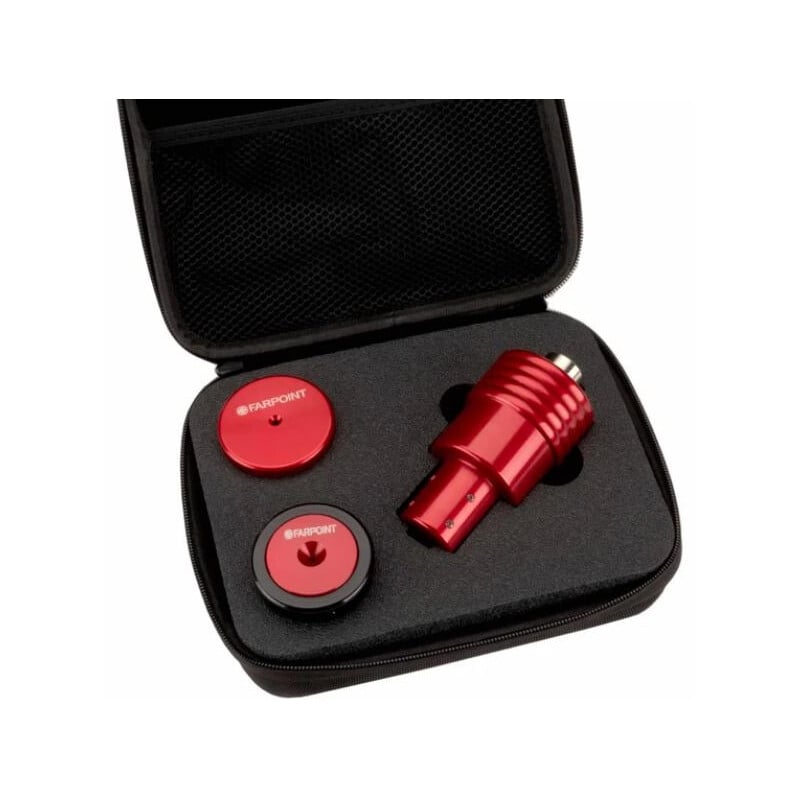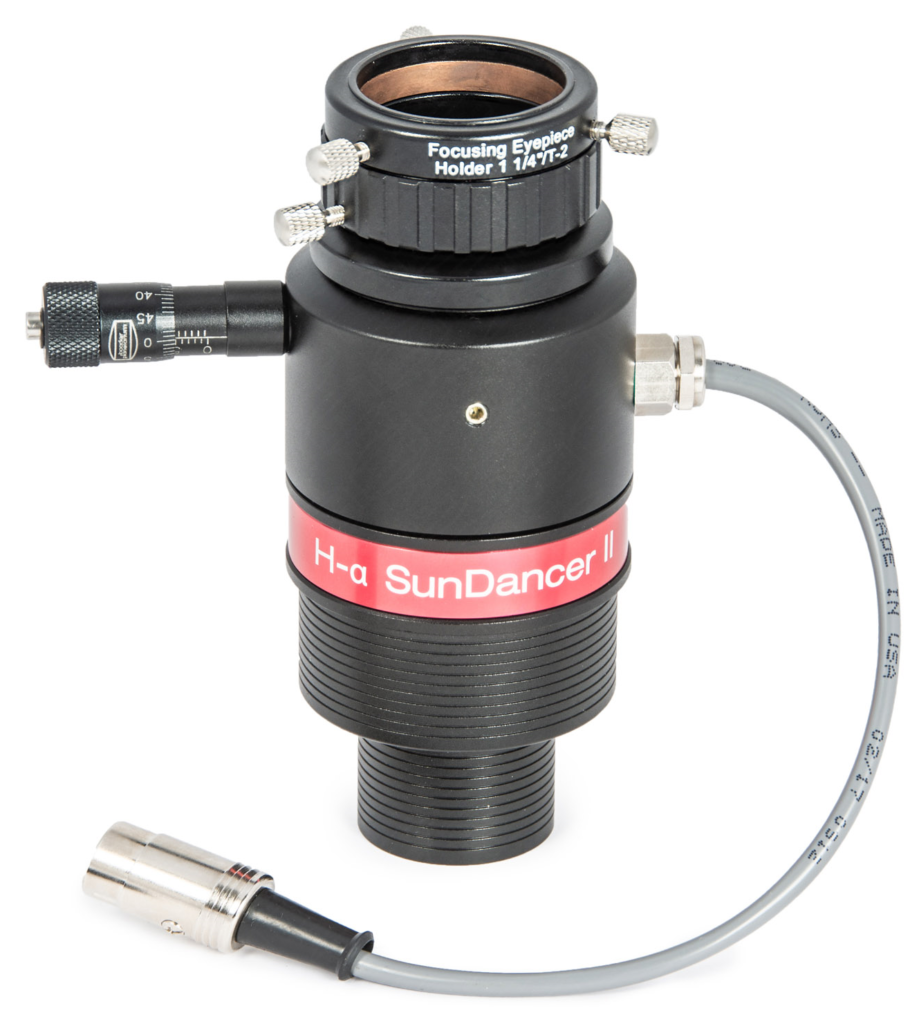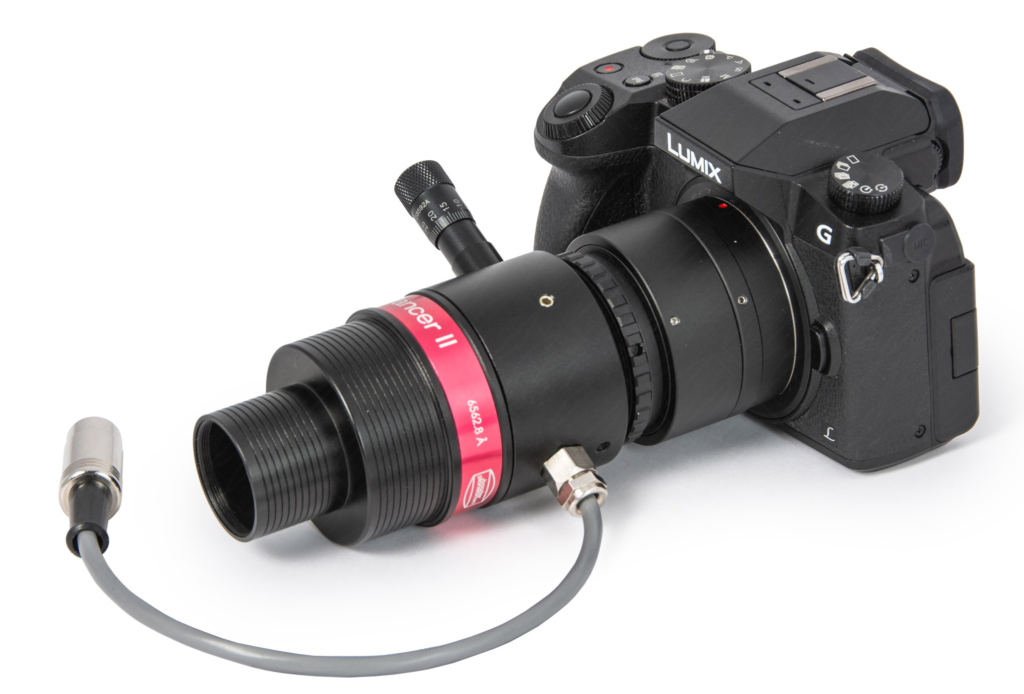A few years ago, the Japanese manufacturer Vixen launched the Polarie, the first tracking unit for cameras that can fit in every photographer’s bag. The tracking device, also called a star tracker, compensates for the celestial rotation. With it, a camera remains aligned with a section of the night sky for many minutes, and can gather light from faint stars, the Milky Way and cosmic nebulae.
Vixen now offers a new version of its successful star tracker mount, the Polarie U Star Tracker.
Compared to the classic Polarie, the new Polarie U is significantly lighter whilst at the same time having a higher load-bearing capacity. The distance between the two bearings supporting the rotating shaft is approximately four times that of its predecessor. This has led to a higher load-bearing capacity despite a 20% weight reduction. It can carry 2.5kg for wide-field astrophotography using lenses with a short focal length. The optional mounting accessories comprising a prism rail and counterweight can be used to increase the load capacity to 6.5kg, so that the star tracker mount can also carry cameras with large lenses.
In addition, the Polarie U creates its own WLAN. You can connect your smartphone to the mount and control it using a free app. With a suitable cable release from the Polarie U accessory selection, you can also control the camera itself via the app, for example to set a series of exposures. This is not only convenient, but also very useful thanks to the hands-free operation.
The Polarie U can of course also be converted for use in the southern hemisphere. The lightweight mount is therefore ideal for your next expedition south of the equator.




